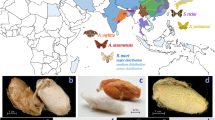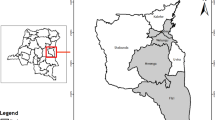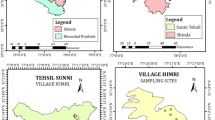Abstract
Tropical tasar silkworm, Antheraea mylitta Drury is exploited in countries for commercial silk production and improved varieties of these silkworms can be evolved by employing various breeding techniques. As the insect has established itself in various forms of ecological populations (Commonly called as ecoraces) in different geographical niches of the country depending on food plants and micro-environmental conditions available to them, the species exists in the form of nearly 44 ecoraces (Singh and Srivastava,1997, Srivastava,2002 and Srivastava et at. 2007) distributed over different states. However, due to free interbreeding in nature for centuries, the fauna is highly heterogeneous.Tasar culture is a forest based industry being practiced as tradition, since time immemorial by the tribes of Central India, extending from West Bengal in the East to Karnataka in South. The species A. mylitta D. is polyphagous in nature. The present study comprises the ecoraces of tropical tasar silkworm of A. mylitta D. These ecoraces are mainly restricted in the tropical moist deciduous forest area where the average rainfall varies between 1200-2000 mm and the deciduous zone of the dry tropical forest area where the average rainfall has been observed to be about 1000 mm. The Primary food plants of the insects are Terminalia tomentosa, Terminalia arjuna and Shorea robusta and secondary food plants are Terminalia chebula, T. bellerica, T. peniculata, Zizyphus jujuba etc. The phenotypic and genotypic variability is very much prominent. The present review paper comprises the extent and degree of natural variation in tropical tasar silkworm A. mylitta D.
Similar content being viewed by others
Article PDF
Author information
Authors and Affiliations
Corresponding author
Rights and permissions
About this article
Cite this article
Sinha, A. Variability In The Ecoraces Of Tropical Tasar Sillkworm Antheraea Mylitta Drury. Nat Prec (2011). https://doi.org/10.1038/npre.2011.6161.1
Received:
Accepted:
Published:
DOI: https://doi.org/10.1038/npre.2011.6161.1



